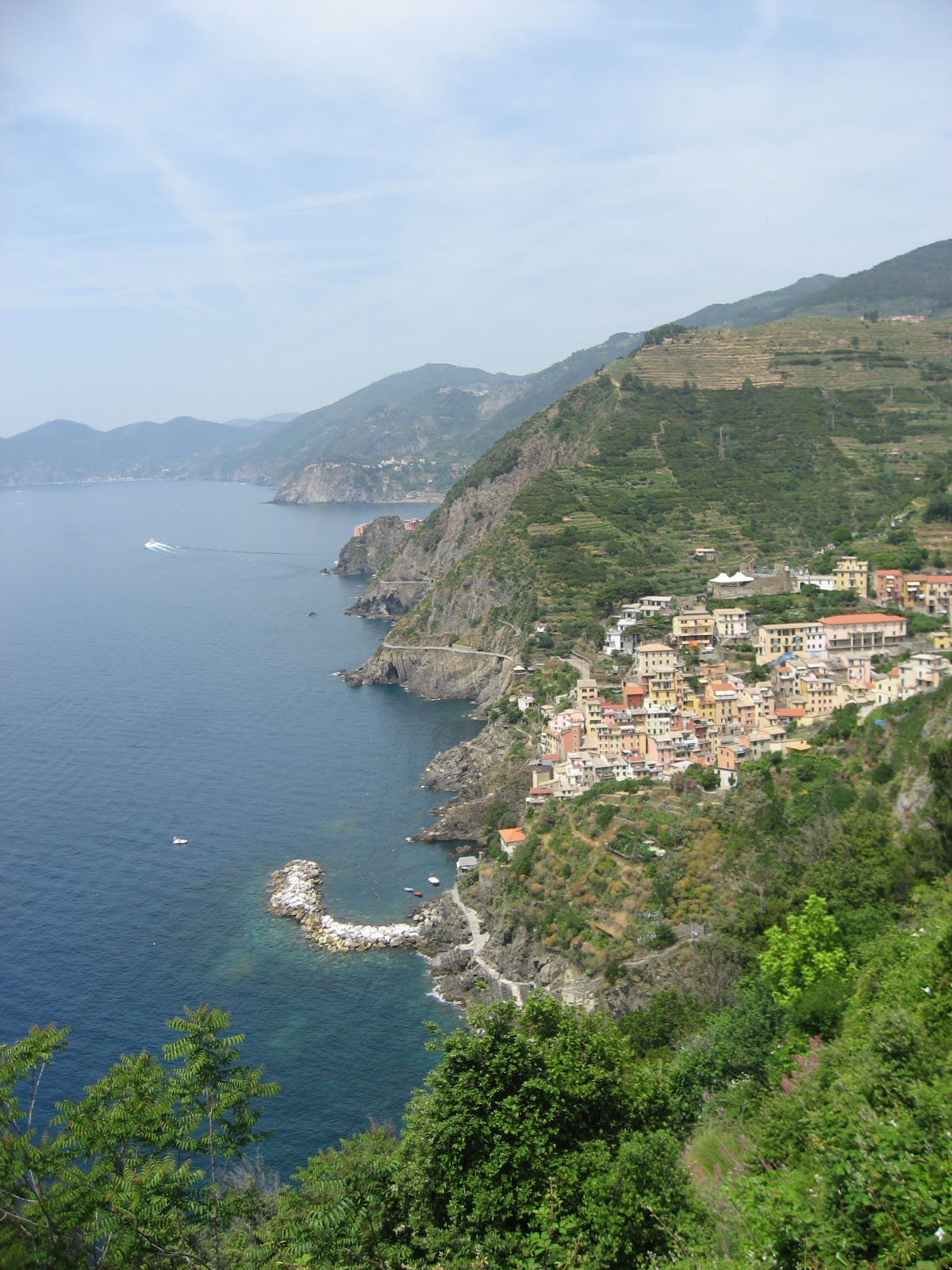Nestled along the rugged Italian Riviera coastline, Cinque Terre is a mesmerizing collection of five picturesque villages in northwestern Italy. This UNESCO World Heritage site attracts millions of travelers annually, offering an unparalleled blend of stunning Mediterranean landscapes, historic charm, and cultural authenticity that makes it one of Europe’s most sought-after tourist destinations.
What Makes Cinque Terre a Unique European Destination?
Cinque Terre represents a remarkable fusion of natural beauty and human ingenuity, located in the Liguria region of Italy. These five historic fishing villages – Monterosso al Mare, Vernazza, Corniglia, Manarola, and Riomaggiore – are renowned for their colorful houses perched dramatically on steep cliffsides overlooking the Mediterranean Sea.
How Did Cinque Terre Develop Its Distinctive Landscape?
The landscape of Cinque Terre is a testament to centuries of human adaptation. Local inhabitants have transformed challenging terrain into productive agricultural land through:
- Intricate terraced vineyards
- Extensive dry-stone wall networks
- Carefully engineered agricultural systems
| Village | Unique Characteristic | Population | Notable Feature |
|---|---|---|---|
| Monterosso | Largest village | ~1,500 | Beaches and resorts |
| Vernazza | Most picturesque harbor | ~500 | Historic maritime center |
| Corniglia | Only village not directly on sea | ~250 | Elevated mountain location |
| Manarola | Oldest settlement | ~350 | Stunning cliff views |
| Riomaggiore | Southernmost village | ~1,600 | Colorful architecture |
What Historical Factors Shaped Cinque Terre?
The region’s development spans multiple historical periods:
- Medieval Origins: First settlements date back to 11th century
- Economic Challenges: Experienced decline between 17th-19th centuries
- Railway Transformation: Connected to Genoa in late 19th century
- Tourism Emergence: Significant growth from 1970s onward
Why Do Tourists Choose Cinque Terre?
Visitors are drawn by multiple compelling factors:
- Scenic Beauty: Dramatic coastal landscapes
- Cultural Authenticity: Preserved traditional villages
- Hiking Opportunities: Famous trails connecting villages
- Culinary Experiences: Local seafood and wine
- UNESCO Heritage Status: Global recognition of cultural significance
When Is the Best Time to Visit?
| Season | Characteristics | Recommended Activities |
|---|---|---|
| Spring (April-May) | Mild temperatures, fewer crowds | Hiking, photography |
| Summer (June-September) | Peak tourist season, warm weather | Beach activities, festivals |
| Autumn (October-November) | Harvest season, pleasant climate | Wine tasting, cultural events |
| Winter (December-March) | Quietest period, occasional rain | Local cultural immersion |
How to Explore Cinque Terre Responsibly?
Sustainable tourism practices are crucial:
- Purchase Cinque Terre Card for trail access
- Use local train transportation
- Respect environmental conservation efforts
- Support local businesses
- Follow designated hiking trails
What Practical Travel Tips Should Visitors Know?
- Language: Italian (basic English widely understood)
- Currency: Euro
- Best Access: Nearest airports in Pisa and Genoa
- Recommended Stay: 2-3 days
- Walking Shoes: Essential for exploring
Conclusion
Cinque Terre offers an extraordinary travel experience that combines natural beauty, cultural heritage, and authentic Italian charm. As a UNESCO World Heritage site in Italy, it continues to captivate travelers with its unique landscape and timeless appeal.

